Guided artillery shells and mines in Special Operations
In the current Special Operation, a variety of guided high-precision weapons are actively used. Samples of this kind are also in service with artillery units. Guided projectiles and mines of several types allow existing guns to hit their intended targets with high accuracy, with less ammunition consumption and without collateral damage.
Arsenals in action
In connection with the goals, objectives and specifics of the current Special Operation, our army is actively using high-precision systems of various kinds. The results of their application are regularly demonstrated by the Ministry of Defense. So, in the first weeks of the operation, it became known that artillery units were using the Krasnopol guided projectile.
On July 8, TASS published new information about high-precision artillery weapons. According to his source in law enforcement agencies, the Kitolov guided projectile and the Gran mortar mine are now being used together with Krasnopol. However, there is no official confirmation of such information.
The source revealed some details of the use of such ammunition. So, the shells of the listed types are equipped with semi-active laser homing heads. To illuminate the intended target, laser rangefinders-designators of various types are used.
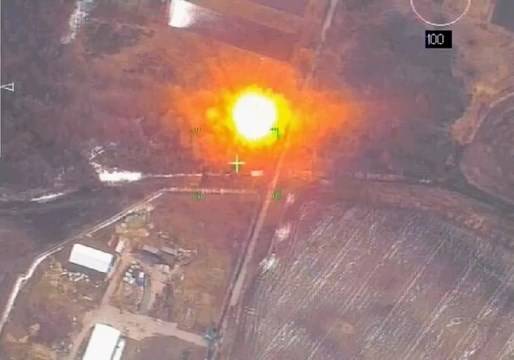
The targets for guided munitions are most often small targets and enemy positions. These are various firing points, weapons and equipment, as well as weak points in the fortifications. TASS recalls that reconnaissance of such targets, target illumination and guidance of ammunition, as well as monitoring of the results of firing and adjustment are carried out from the air using UAVs such as Orlan-10.
Earlier, the Ministry of Defense has repeatedly published videos showing the combat use of Krasnopolya. These projectiles always land directly on the target or at a minimum distance from it. Large caliber and mass provide high power and reliable target engagement. With the help of guided projectiles, artillery systems, equipment, warehouses, etc. were hit. The combat work of Kitolov and Grani has not yet been shown. However, it is clear that this process has no fundamental differences from the Krasnopol firing.
Complex "Krasnopol"
The 2K25 guided weapon system with the 3OF39 Krasnopol projectile was developed by the Tula Instrument Design Bureau and put into service in 1995. It is designed to hit small targets with the first shot and is compatible with all existing domestically developed 152-mm artillery systems. An export version was also developed in caliber 155 mm.
The 3OF39 product is a 152 mm caliber projectile, 1,3 m long and weighing approx. 51 kg. For ease of storage and operation, the projectile body is divided into two compartments, connected immediately before being fed into the gun. The head compartment includes the seeker, control equipment and rudders that can be deployed in flight. The projectile compartment accommodates a warhead weighing 6,5 kg in a crushed body, a solid propellant engine and a block of stabilizers.
"Krasnopol" is equipped with a semi-active laser seeker 9E421. It receives the radiation of the rangefinder-target designator reflected by the target and controls the operation of the head rudders. When firing, even at a maximum range of 20 km, a deviation of no more than a few meters is provided.
The original Krasnopol underwent several upgrades. So, the 3OF39M projectile is smaller in size and weight, and also has a monoblock body and receives a new bottom gas generator. All this made it possible to increase the range to 25 km while maintaining the same accuracy and power.
"Kitolov" of two calibers
The Kitolov complex was also developed at the KBP and built on similar solutions. At the same time, the shells of such a complex are distinguished by a smaller caliber and are intended for other artillery systems. So, SAO "Nona" or "Vena" should use a 120-mm shot "Kitolov-2" of separate-cartridge loading, and for 122-mm howitzers, a separate-sleeve "Kitolov-2M" in caliber 122 mm is intended. Both projectiles were put into service in 2002.
Kitolov shells are built in an elongated cylindrical body with a rounded head, folding rudders and stabilizers. Product length - approx. 1,2 m, weight 28 kg. In terms of layout, the Kitolovs are similar to the Krasnopol. The head compartment accommodates the GOS and the steering system, the main volume of the hull is given over to the warhead weighing 12 kg with a charge of 5,3 kg. At the bottom is a gas generator.
"Kitolov" is equipped with a semi-active laser seeker, giving an accuracy of up to several meters. The firing range of shells of both calibers, regardless of the gun used, reaches 12 km. The defeat of manpower, equipment and structures is ensured.
Mortar "Front"
Another modern guided weapon system is the KM-8 Gran. It was also developed at the KBP, but is intended for systems of 120 mm caliber. First of all, these are mortars of the main types. In addition, the Gran mine is compatible with the Nona universal systems, etc.
"Fringe" is a projectile in a cylindrical body with a conical nose fairing and protruding rudders and stabilizers. The propelling charge is in a cap of limited volume. The length of the mine is 1,2 m with a mass of 27 kg. Like other guided missiles, the KM-8 uses laser guidance. GOS type 9E430 is used. A warhead weighing 11,2 kg with a charge of 5,3 kg is provided.
The firing range of the Granyu reaches 9 km. Guidance is carried out on the highlighted target. Depending on various factors, the illumination can be carried out by the combat vehicle that fired, the reconnaissance spotter or the UAV. An interesting feature of the mine is the ability to transfer fire only due to the seeker. So, without changing the aiming angles and mine settings, you can hit targets 300 m apart.
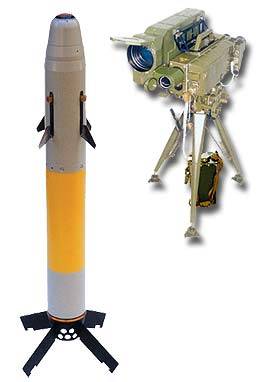
The modern approach
Systems of calibers 120, 122 and 152 mm are the basis of our ground artillery and are intended for solving various fire missions. For all these guns, there is a wide range of shots for various purposes, incl. several types of guided munitions.
It is curious that almost all the needs of ground artillery in guided weapons are currently covered by only three complexes in different designs. These are Krasnopol, Kitolov and Gran, compatible with a wide range of existing and promising guns of various kinds. At the same time, the development of this direction continues, and the emergence of new guided missiles with other capabilities and characteristics, as well as in other calibers, is expected.
An interesting fact is that modern guided munitions, despite differences in design and purpose, are built on the basis of common ideas. So, Krasnopol, Kitolov and Gran are equipped with laser seekers and equipped with engines or gas generators. Due to this, all of them are characterized by increased range and improved accuracy.
The ammunition in question works according to external target designation. Initially, it was assumed that the coordinates of the target would be sent by ground reconnaissance, and illumination was also assigned to it. However, now the main means of reconnaissance in the interests of artillery are UAVs. "Orlans" and other equipment are able to accurately determine the coordinates of the target, transmit them in real time, provide illumination and adjust the fire.
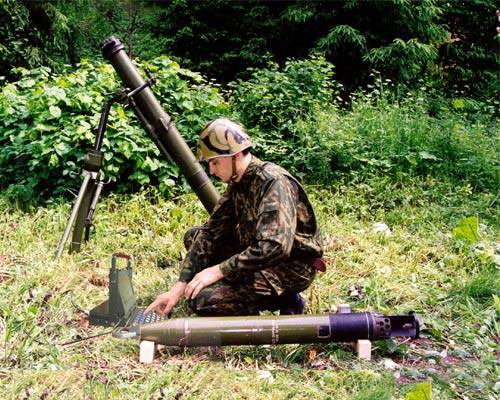
Thus, due to guided munitions, modern means of reconnaissance and control, almost any weapon or battery turns into a full-fledged effective reconnaissance and strike complex. Reconnaissance UAVs and communications equipment ensure its speed, and guided missiles will increase the range, accuracy and effectiveness of strikes.
Such a reconnaissance-strike complex retains the possibility of using "blanks" and firing at areas. At the same time, reconnaissance and control tools make it possible to improve the performance of such shooting. This, in a known way, increases the flexibility of the battery or gun for various tasks.
Proven by practice
The Krasnopol and Kitolov guided missiles, as well as the Gran mine, entered service a long time ago and were repeatedly used in training firing. In the conditions of landfills, they confirmed their characteristics, and also helped to develop methods for the most effective application. Now the accumulated experience is being used in a real operation.
The development and adoption of just a few guided munitions has significantly improved the combat capabilities of our ground artillery. In addition, its potential is positively affected by the development of auxiliary areas - reconnaissance and control facilities. The benefit of such an integrated approach is obvious and is again being confirmed in practice.
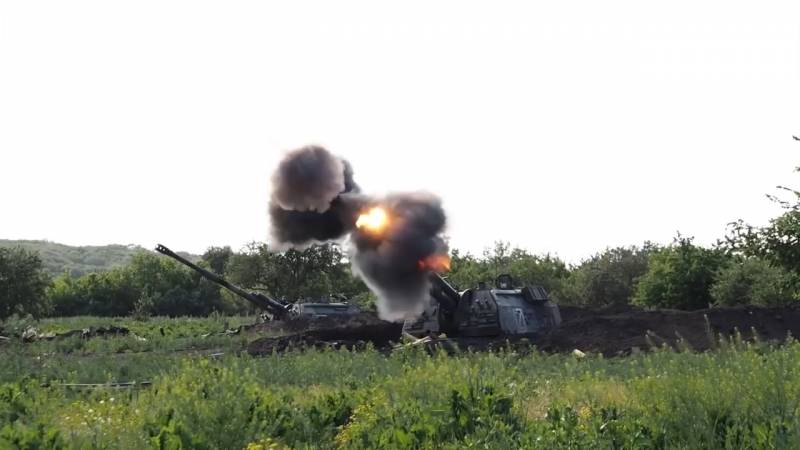
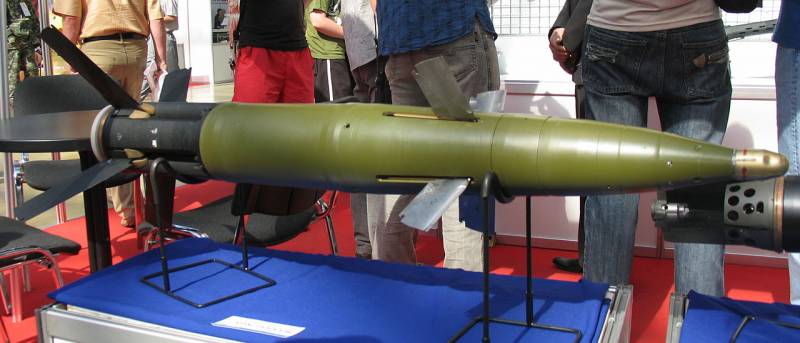
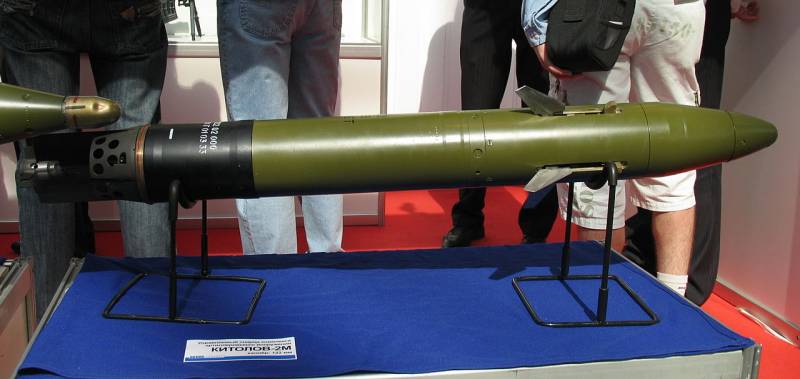
Information